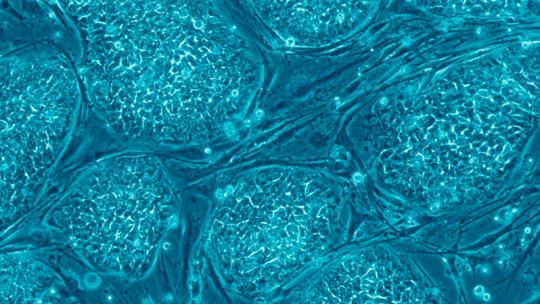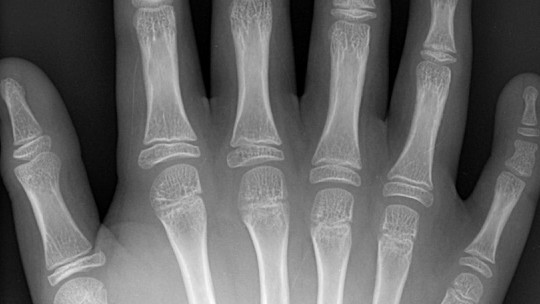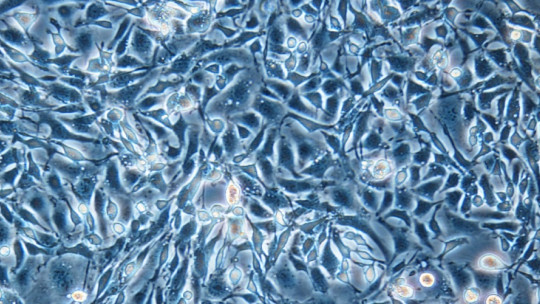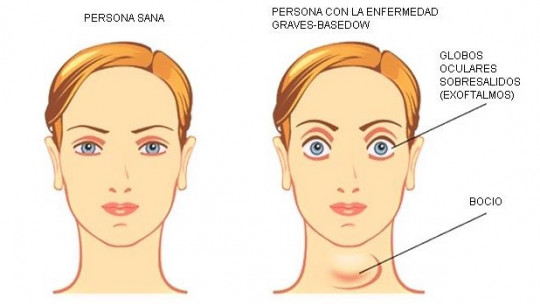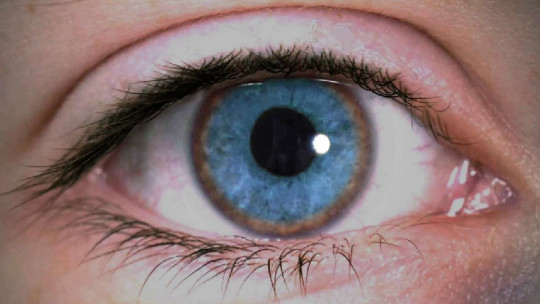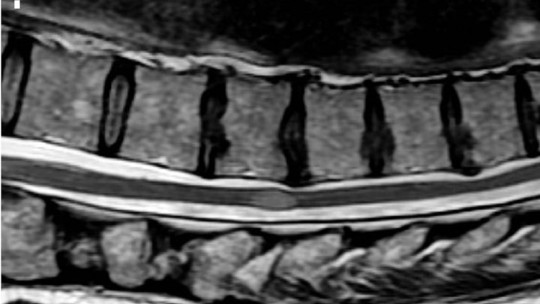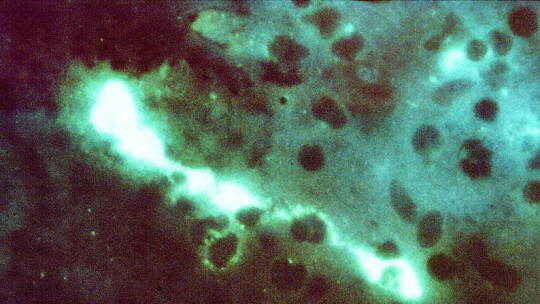Sexuality is an important part of our being, forming part of our socio-affective development and our identity and representing one of the most powerful and common sources of physical gratification.
A wide variety of organs and parts of our body come into play in the sexual act, among them (and often even being the only ones considered relevant) the genitals.
This part of the body, like the rest, can suffer different alterations that make it difficult to function. An example of them in the case of men is Peyronie’s disease (or ‘Peyronie’s disease’), an alteration capable of generating great pain and making it impossible to have sexual relations with penile penetration. It is about this disease that we are going to talk about throughout this article.
What is Peyronie’s disease?
Peyronie’s disease, also called plastic induration of the penis (or popularly “crooked penis disease”), is a condition or medical problem in which the penis deviates or curves due to the appearance of a fibrous band or plaque in the corpora cavernosa This benign, non-cancerous band of fibrous tissue can be understood as scar tissue whose hardening prevents the penis from extending normally during an erection.
The curvature of the member usually causes a deviated and abnormal erection that can be painful for the subject and that can also make it impossible to maintain sexual relations with penetration, something that implies sexual dysfunction. Pain can appear during the erection or even without the need for it, and it is common for the curvature generated to increase over time until reaching a stabilization phase.
It is important to keep in mind that there are penile morphologies that tend to curve without having to present this disease and without presenting any inconvenience to their owners, the most defining aspect of Peyronie’s disease being the fibrous band and the extreme curvature of the penis. penis.
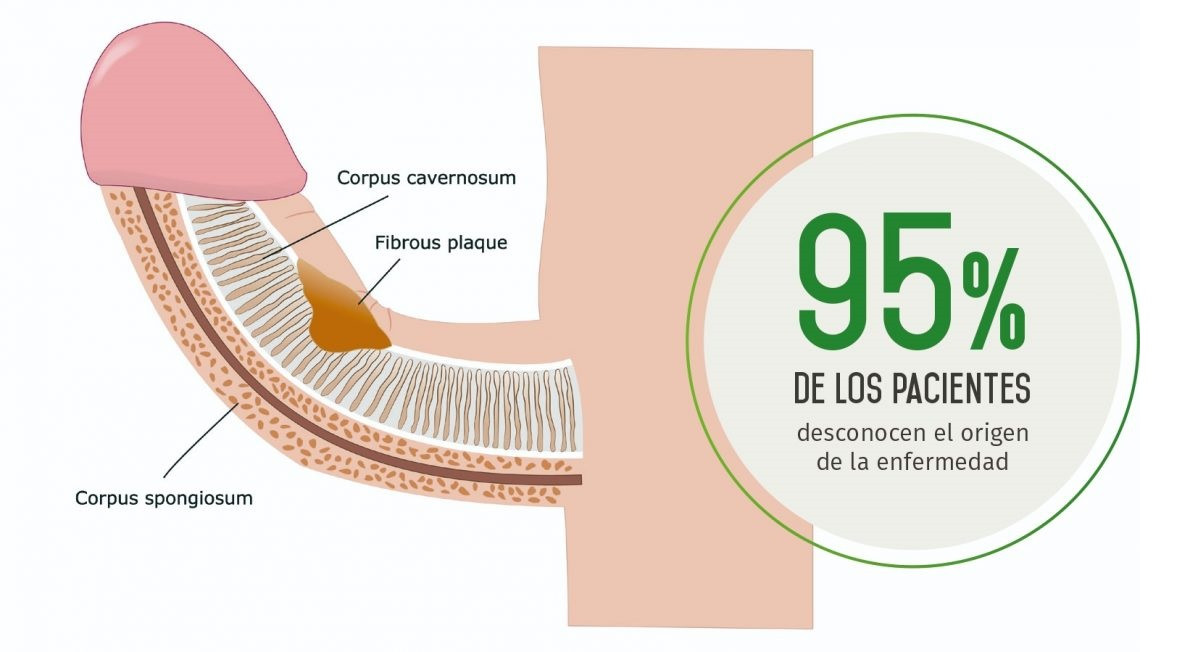
Symptoms and consequences
In some cases, Peyronie’s disease can lead to erectile dysfunction (in fact it is one of its possible primary causes of biological origin), and there is a loss of blood flow to the glans due to the strangulation caused by the fibrous tissue. Sometimes a shortening or narrowing of the penis also occurs, especially due to curvature.
This disease usually appears in Caucasian men between 40 and 50 years of age , not being frequent before that (although there are cases). It is an alteration that is more common than it seems. Other types of population, such as those of African and Asian origin, hardly register cases.
The set of alterations caused by Peyronie’s disease can lead to significant psychological damage: pain and sexual dysfunction can lead to anxiety and avoidance of emotional and sexual contact, anguish, feelings of loss of worth, agitation and even depression. .
Causes of this disease
The causes of Peyronie’s disease are not fully identified, and it is generally accepted that this alteration has a multifactorial origin
However, one of the causes that is considered the most common for this disorder is the provocation of micro injuries to the penis (for example, a blow or the result of rough sexual relations) that sporadically or throughout life end. for causing the appearance of scar tissue in the corpora cavernosa.
Cases linked to prior penile surgery, or subsequent treatments for prostate cancer, have also been observed. Age, the presence of family history (something that could indicate the existence of genetic predisposition), or previous connective tissue problems/disorders have been observed as risk factors. Diabetes, hypertension or smoking can also influence and facilitate this disorder by affecting the resistance and flexibility of blood vessels, which can degenerate into hematomas that, when closed, lead to the creation of scar tissue.
Treatment
Although there are some cases in which spontaneous remission occurs, these are very few. In most cases, Peyronie’s disease requires some type of medical or pharmacological intervention which is usually aimed at reducing the curvature of the penis and restoring its functionality, in such a way that it does not generate pain and allows penetrative relations to be carried out.
Among the different existing alternatives, one of them is surgery In this sense, complete resection of the fibrous tissue or making cuts in the plaque may be necessary, with a collagen-fibrinogen-thrombin graft to fill the lesion and help recover the functionality of the limb. These types of procedures have been shown to be highly effective, although they can have unwanted effects such as penis shortening.
Another option is the application of shock waves that weaken the plaque and promote recovery of the injured area. Drugs such as colchicine, vitamin E, tamoxifen or potassium paraeminobenzoate are also used, although their effectiveness is limited.
It should also be noted that psychological assistance may be required, especially when there are feelings of inadequacy or the presence of anxious or depressive symptoms. In some cases, couples therapy may also be required.


